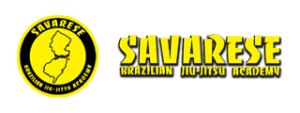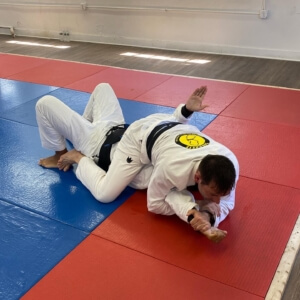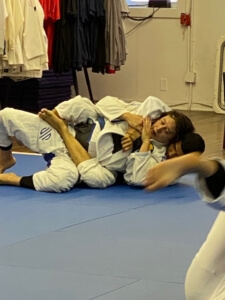Why BJJ is so effective
Why BJJ is so effective
This is my opinion of Why BJJ is so effective…Clarity of purpose. Here at Savarese BJJ Academy (bjjlyndhurst.com) we truly believe that one of the great reasons why classical Brazilian Jiu-Jitsu is so successful as a martial art is it’s incredibly simple and clear basic directive. You can explain it to a total beginner in two minutes and it’ll make total sense to them. In fact, it’s so clear that I believe if you took two completely untrained people with no fighting experience of similar size and strength and explained the basic directive of Jiu-Jitsu to one of them but not the other, the one who had been taught that basic directive would have a considerably higher chance of victory if they fought each other, not because they have gained any skill, they haven’t, but just because they now have an effective and proven sense of direction while the other only has his instincts. When one person has a sense of direction and purpose in a crises and the other doesn’t, I’ll put my money on the person with a sense of direction and purpose every time. What is this basic directive of BJJ? It can be stated in a single sentence. Work your way to the mounted or back position and once there, establish control and finish your opponent. It doesn’t matter whether it’s grappling or fighting. If you follow that simple directive and have the skills to do it against the resistance of your opponent, you’ll be a very difficult challenge for sure against anyone. Remember always that every rule, point allocation, recommendation, technique and tactic of Jiu-Jitsu is just a means to satisfying this basic directive. Never lose sight of its clarity and you’ll always know what to do and how to train and prepare.


